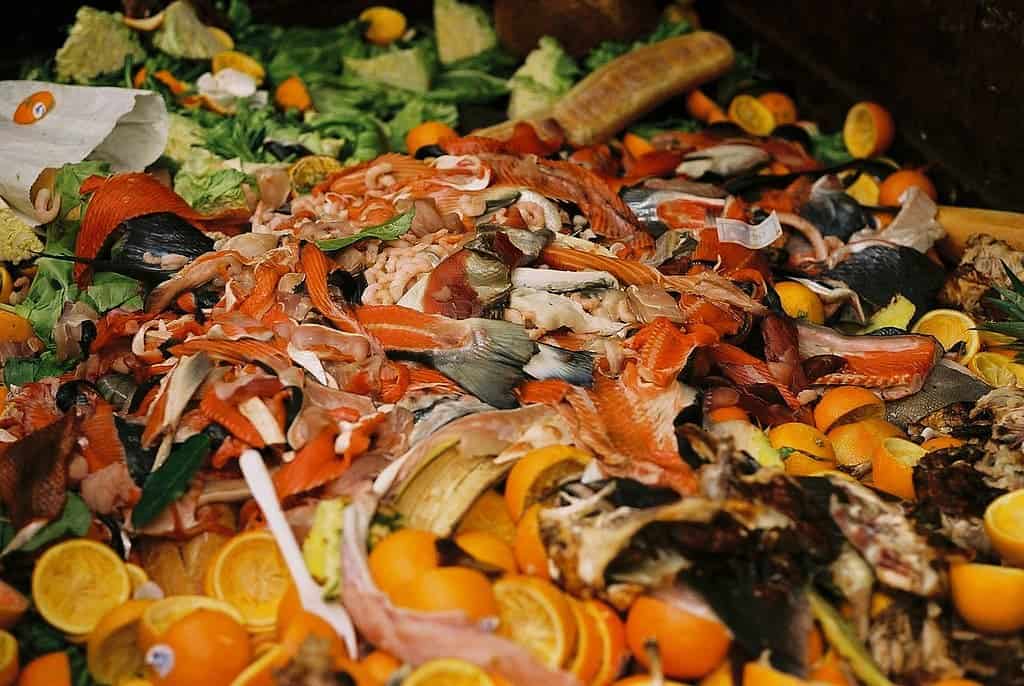About 153 million tons of food in the European Union are wasted every year, double previous estimates and 15 million tons more than what’s being shipped in from outside the union’s borders, according to a new study. This is damaging EU food security amid growing food prices and also challenges the bloc’s environmental and climate targets, the authors added.

The environmental organization Feedback EU published its new report “No Time to Waste” in which it revealed updated figures on food waste – a problem more significant than previously thought. While 153 million tons of food are wasted every year, 138 million tons of agricultural products are imported at a cost of $150 billion.
“At a time of high food prices and a cost-of-living crisis, it’s a scandal that the EU is potentially throwing away more food than it’s importing,” Frank Mechielsen, Executive Director at Feedback EU, said in a media statement. “The EU now has a massive opportunity to set legally binding targets to halve its food waste from farm to fork.”
Addressing food waste
Reducing food loss and waste is one of the most important actions countries can take to fight the climate crisis and also improve the resilience of the food system. The IPCC estimates that from 2010 to 2016 global food loss and waste equaled between 8% and 10% of global greenhouse gas emissions and cost the world about $1 trillion per year.
As a leading emitter, the EU’s food waste accounts for at least 6% of its total emissions and costs the bloc over $140 billion per year. The scale of waste is especially worrying when considering that over 30 million people can’t afford a quality meal every second day – a problem that disproportionately affects women and marginalized groups.
The European Commission committed to the Sustainable Development Goal 12.3 to halve food waste by 2030, but the EU is nowhere on track to meet this goal, the campaigners argued. The European Parliament asked the EU to test targets to halve food waste in 2012 and then to introduce legally binding farm-to-fork targets in 2017.
The Commission is currently working on a set of proposals for legally binding food waste targets for EU member states. The targets that need to be set include both their ambition (with options ranging from a reduction of 10% to 50% by 2030) and their scope (retail and consumer or from farm to fork). This presents an opportunity to take bold steps, the campaigners argue.
Feedback EU is asking for the European Commission to set legally binding targets for a 50% farm-to-fork reduction in food waste by 2030. A total of 43 green non-profits have already supported the target, including the European Environmental Bureau, Zero Waste Europe, food waste businesses, and members of the EU Platform on Food Losses and Food Waste.
“All EU countries had committed to halve food waste within the United Nations’ Sustainable Development Goals. However, almost ten years later, they have not achieved much, and our economies still generate incredibly high amounts of food waste,” Piotr Barczak, Senior Policy Officer at European Environmental Bureau, said in a statement.
The full report can be accessed here.






